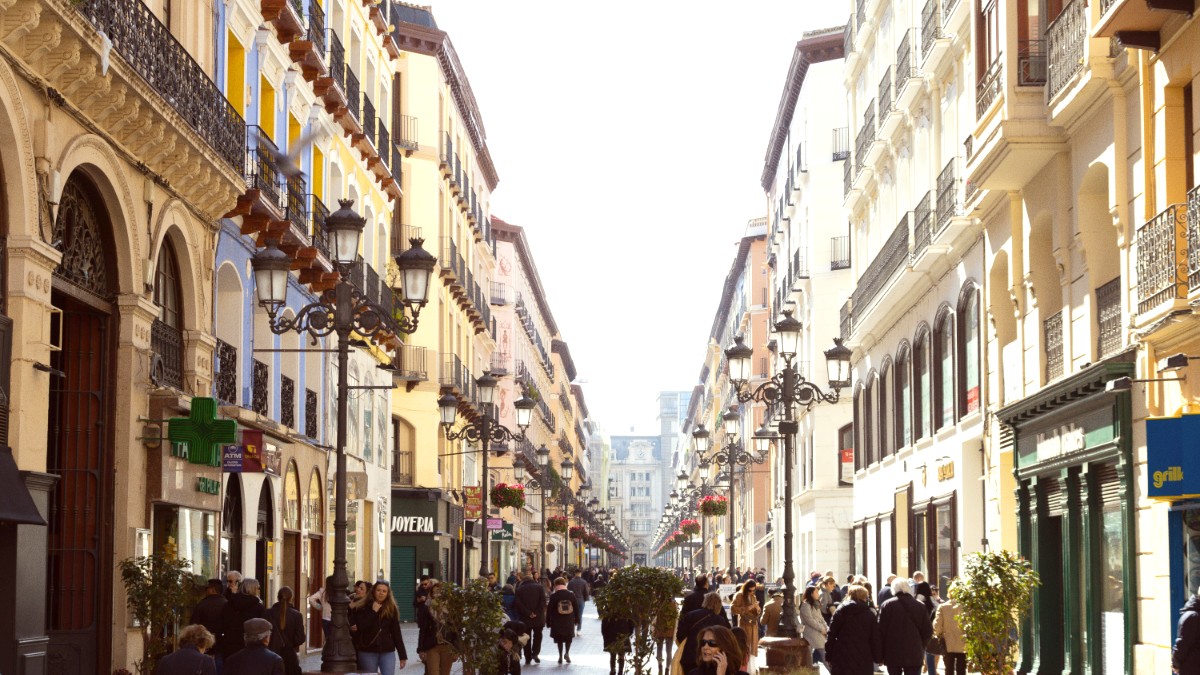
Aragon Basque Country And Navarra, Spain
Explore ancient wonders and a contemporary spirit in this authentic Spanish destination.
Zaragoza lies firmly in Aragon. While the search term mentioned "Aragon Basque Country and Navarra," note that the Basque Country and Navarra are distinct autonomous communities, each with its own unique geography and culture, located northwest of Zaragoza.
Zaragoza serves as an excellent starting point for exploring the wider Aragon region, but it remains geographically and culturally separate from its western neighbors.
Zaragoza is the capital city of the Aragon autonomous community in northeastern Spain. It lies centrally within the Ebro River valley, a fertile plain that has nurtured civilizations for millennia. This strategic location places Zaragoza approximately 300 kilometers (186 miles) west of Barcelona and a similar distance east of Madrid. This positioning makes the city a natural transportation hub, connecting central Spain, the Mediterranean coast, and the majestic Pyrenees mountains to the north.
The Ebro River, Spain's largest river by volume, flows directly through Zaragoza, shaping its urban landscape and forming a natural backdrop for many of its most noteworthy landmarks.
Approx. 300 km (186 miles) East
Approx. 300 km (186 miles) West
To the North
Central location shaping urban landscape
Capital City
The city's flat terrain within the river valley makes it a pleasant place for walking and cycling, contrasting with the more rugged landscapes found in other parts of Aragon.
The Ebro River flows directly through Zaragoza, shaping its urban landscape and providing a natural backdrop for many of its most noteworthy landmarks.
Zaragoza is culturally distinct from the Basque Country and Navarra, its neighbors to the northwest.
Zaragoza offers an excellent base for exploring the broader Aragon region.
Zaragoza is a history spanning over 2,000 years, with a deep legacy from Roman, Moorish, Jewish, and Christian cultures.
Each period shaped the city, leaving behind architectural and cultural treasures.
Founded as Caesaraugusta in 14 BC, it was an important administrative and military center. Remnants of the forum, theater, and city walls remain visible.
During the Islamic era (8th-12th centuries), Zaragoza flourished as a powerful taifa. The Aljafería Palace is an exceptional example of Islamic architecture from this period.
Reconquered in 1118, Zaragoza became the capital of the Kingdom of Aragon, a major medieval power. Mudéjar architecture, a blend of Christian and Islamic styles, defines this era.
Zaragoza lingered two fierce sieges in 1808 and 1809, demonstrating the determination of its people. These events are integral to the city's memory and are commemorated in various monuments and traditions.
Zaragoza offers a dynamic mix of ancient wonders and contemporary life, with grand plazas and lively tapas bars.
The city takes pride in its heritage. Visitors find a true slice of Spanish life, less influenced by mass tourism.
Enjoy a relaxed pace, perfect for discovering its many stories at your leisure.
Zaragoza takes pride in its heritage, showcased in its well-preserved monuments and strong local identity.
Visitors experience a true slice of Spanish life, less influenced by mass tourism.